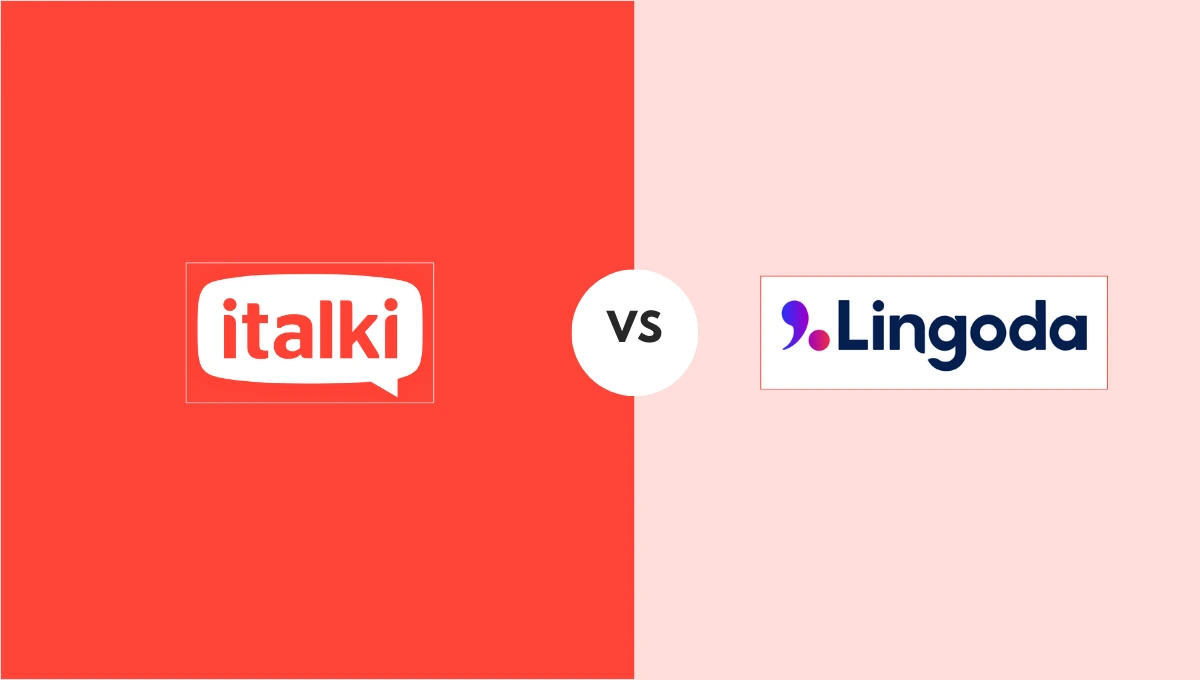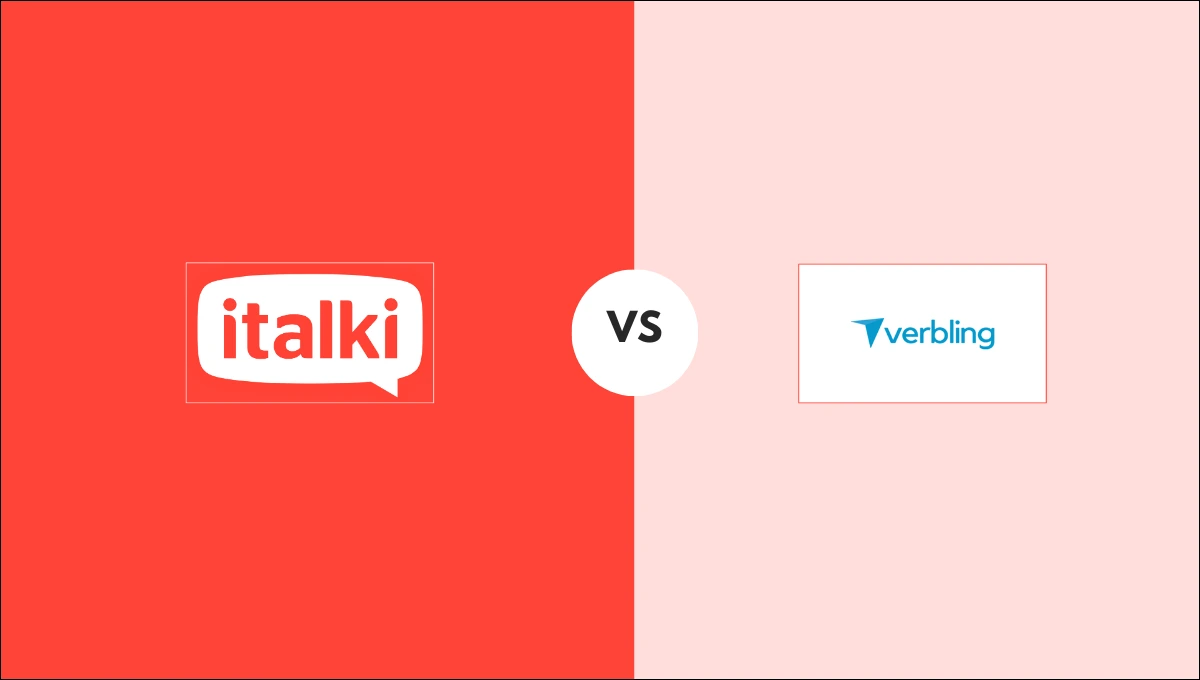Spanish and Mexican cuisines are two popular cuisines that are frequently confused because they share ingredients such as rice, beans, and spices. They are, however, distinct culinary traditions with distinct flavors, techniques, and cultural influences.
In this article, we will look at the critical differences between Spanish and Mexican cuisines, highlighting the various aspects that distinguish them, followed by some amazing food dishes to try.

Significant differences between Spanish and Mexican cuisine
Historical background
One of the most significant differences between Spanish and Mexican cuisine is their historical and cultural backgrounds. Spanish cuisine has a long and varied history, influenced by civilizations such as the Romans, Moors, and Sephardic Jews. These influences can be traced back to the Spanish love of olive oil, garlic, and saffron.
Spanish food culture has a huge impact on millions of people worldwide. If you are heading to Spain anytime soon, knowing Spanish eating norms is a must. It will allow you to mix up with the native people quite well.
Mexican cuisine, on the other hand, is deeply rooted in indigenous Mesoamerican traditions, with Mayan, Aztec, and Inca cultures shaping its culinary heritage. Mexican cuisine incorporates pre-Columbian ingredients such as corn, chili peppers, and cocoa.
Flavors
When compared to the bold and robust flavors of Mexican food, Spanish food has a more subtle and refined flavor profile. Through techniques such as grilling, roasting, and sautéing, Spanish cuisine frequently highlights the natural flavors of high-quality ingredients. Seasonings such as olive oil, garlic, paprika, and saffron are frequently used to create a delicate balance of flavors.
Mexican food, on the other hand, is known for its vibrant and spicy flavor. Chilli peppers, tomatoes, cilantro, and cumin are common ingredients in Mexican dishes that contribute to the complex and fiery flavors. If you are planning to go to Mexico, knowing Mexican slang will help you understand their culture and people. Knowing the culture automatically gives more opportunities to make new friends and relationships. Do not miss out on any chance to make locals feel that you are also a part of them.
Culinary techniques
Culinary techniques differ between Spanish and Mexican cuisines. Spanish cooking emphasizes simplicity, as well as the use of high-quality ingredients. Grilling, frying, and baking are popular methods, as are stews and soups like paella and gazpacho.
Mexican cuisine, on the other hand, employs a variety of techniques. It is well-known for labor-intensive practices such as spice grinding, masa (corn dough), and the creation of complex sauces such as mole. Slow cooking or braising is frequently used in traditional Mexican dishes to develop flavor depth.
Ingredients
Although both cuisines use similar ingredients, such as rice, beans, and tomatoes, the way they are used and combined distinguishes Spanish and Mexican cuisine. Spanish cuisine heavily relies on seafood, particularly in coastal regions, with dishes such as paella and bacalao (salted cod). Meat, particularly pork and lamb, is also widely available.

Mexican cuisine, on the other hand, emphasizes corn, beans, and chili peppers. Tortillas, tamales, and tacos are common corn preparations, while beans are a staple in dishes like frijoles refritos (refried beans).
Desserts
Regarding desserts and sweets, both Spanish and Mexican cuisines have unique offerings. Spanish desserts are known for their delicate flavors and textures. Spanish sweet treats include fluffy churros dusted with sugar, creamy flan, and decadent pastries like the famous Tarta de Santiago (almond cake). Spanish cuisine also features a diverse range of regional desserts, such as the Catalan dessert Crema Catalana and the Andalusian dessert Tarta de la Abuela (Grandmother’s cake).
Now, let’s explore some popular Mexican and Spanish food dishes that you can try at home or at restaurants.
Some popular Mexican food
1. Chiles En Nogada
Chiles En Nogada is the most patriotic of Mexican dishes made with Mexican flag colors. Chiles En Nogada is green poblano chili peppers stuffed with a picadillo mixture of meats and spices. The dish is then topped with a white walnut cream sauce. Add the final layer of color by sprinkling pomegranate seeds on top, and you have the colors of the Mexican flag, creating this delicious Mexican favorite.
2. Frijoles Charros (Bean Stew)
Most of the popular Mexican dishes include beans, but Frijoles Charros makes beans the star of the show. This pinto bean stew requires several hours to prepare because it tastes best after hours of slow cooking. Though the name suggests only beans, this dish also includes roasted tomatoes, garlic, bacon, and chiles. The end result is a thick stew with a hint of heat and plenty of savory goodness.

3. Mexican Rice
Mexican rice, also known as Spanish rice, is a slow-cooked staple in Mexican cooking. Fresh tomatoes, onions, tomato paste, and long-grain rice simmered in a chicken or vegetable broth are the main ingredients. Then, add your favorite vegetables, such as peas, corn, carrots, or peppers.
Then, add cumin and chili powder to taste, then slow cook for 20 minutes before topping with cilantro. If you want to spice things up, add some jalapeno peppers. It can be served as a side dish with tacos or eaten separately. As previously stated, it is a household staple that makes an excellent snack.
4. Menudo (Tripe Soup)
This Mexican dish may not be suitable for everyone due to the presence of tripe (cow stomach). Nonetheless, it is one of the most popular dishes in Mexico and Central America, making it a must-try for those seeking authentic Mexican cuisine.
Because tripe has a slightly rubbery texture, it will not melt in your mouth like other meat-based soups and stews. If you like spicy foods, the chili powder base used to make Menudo will appeal to you.
5. Quesadillas
Quesadillas are sandwich-like snacks that are made by sandwiching ingredients between two warm tortillas. They are popular not only in Mexico but in Mexican restaurants worldwide. Quesadillas are on the menu at almost every Tex-Mex or Mexican restaurant. These tasty tortillas are also completely customizable, as you can sandwich them with any combination of ingredients.
Some popular Spanish food
1. Paella Valenciana
Paella is the most famous and certainly one of the most abused Spanish dishes. Paella Valenciana, with rabbit and chicken, and seafood paella are two varieties of authentic paella from the Valencia region.
The rice is colored with saffron, and the base should be left to crisp into a delicious black crust known as socarrat. It is only eaten at lunchtime by Spaniards.
2. Patatas bravas
Patatas bravas – “brave potatoes” – is a tapas staple named for its spicy sauce, which is uncommon in a country that generally avoids fiery food.
The potatoes are cubed and shallow fried, and they are served the same way everywhere. The sauce can range from spicy ketchup to garlic mayonnaise with a dusting of pimiento (smoked paprika) or both.
3. Gazpacho
This tomato-based Andalusian soup is best served chilled. This can come as a surprise to those who aren’t expecting it, but in the sweltering heat of a Seville summer, the appeal becomes apparent. Aside from the tomato, the main ingredients are peppers, garlic, bread, and lots of olive oil.

4. Jamón
The most famous Spanish food product is jamón, or cured ham. Ham legs were traditionally salted and hung to dry to keep them fresh during the long winter months. The most common type is Jamón Serrano (of the mountain), which is made from white pigs; the more expensive Jamón Iberico (pictured) is made from black pigs.
The best gammon should be eaten on its own in thin, melt-in-your-mouth slices with a bit of bread.
These are some of the famous Spanish food. If you are heading to Spain, knowing travel phrases in Spanish is a must. Knowing these phrases will help you place your order at the restaurants easily. Expand your Spanish vocabulary to understand the Spanish people and their culture better.
If you are searching for an online medium to study Spanish. We recommend the best language learning platform: italki.
Learn Spanish with italki
This platform is famous for its incredible features, enabling learners to master the desired language at their own pace.
With italki, you can learn Spanish online and get a once-in-a-lifetime learning opportunity under the supervision of the best tutors and engaging reading content. Almost all of the tutors at italki are native speakers. You can meet with the tutor of your choice to discuss your goals and aspirations. It only takes a few clicks to find an online Spanish tutor on italki. You can find a list of tutors on the website and select the one that best suits your needs.

Find Your Perfect Teacher
At italki, you can find your Spanish tutor from all qualified and experienced teachers. Now experience the excellent language learning journey!
Book a trial lesson
The online Spanish classes at italki are super fun as you will get additional learning material, practical exercises, and real-life scenarios to polish your Spanish speaking and writing skills. All you need to do is to be consistent and follow the instructions provided during the lessons.
Apart from this, you can select the learning schedule yourself without compromising your daily routine. Consult your tutor, design your learning schedule, and keep following it to achieve the desired outcome.

The enrollment process at italki
The enrollment procedure is quite simple. Visit the website, create a profile, and enter the necessary information. Fill in your preferred style, schedule, etc. The option to ‘find the instructor’ will be visible in the upper right corner.
Select a tutor. You can also schedule a trial lesson to evaluate your overall learning experience. The trial session is offered at a discounted rate. If the teaching method meets your needs, create a learning schedule and objectives.
You will definitely learn Spanish quickly if you listen to your tutor’s constructive feedback and track your progress at regular intervals.
Frequently Asked Questions
What are some traditional Mexican dishes?
Tacos, enchiladas, tamales, chiles rellenos, mole, pozole, guacamole, and ceviche are some popular traditional Mexican dishes.
What is the significance of tortillas in Mexican cuisine?
Tortillas are a staple in Mexican cuisine, made from corn or flour. They are used as a base for many dishes like tacos and enchiladas and are an integral part of the Mexican diet.
What is the importance of avocados in Mexican cuisine?
Avocados are a key ingredient in Mexican cuisine and are used to make guacamole, a popular dip or condiment. Avocados are also used in salads, tacos and as a topping for various dishes.
Conclusion
There is a diverse world of Mexican Spanish food. If you are a language learner, knowing about these cuisines will help you understand the food culture and the people of your desired language.
We recommend you book lessons at italki. Your chosen tutor will help you learn Spanish vocabulary, grammar, tenses, sentence structuring, etc., in the comfort of your home. Book your lessons now!
Want to learn a language at italki?
Here are the best resources for you!



















